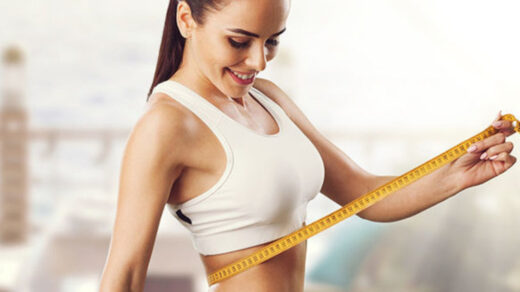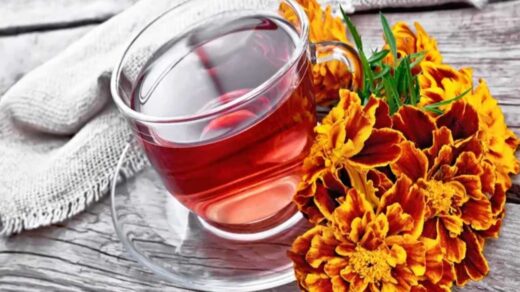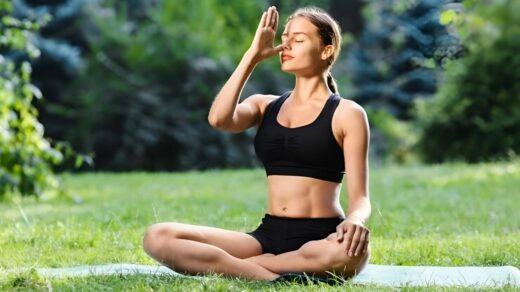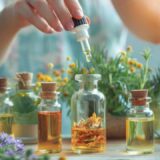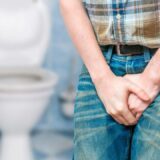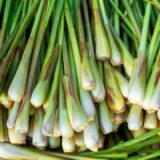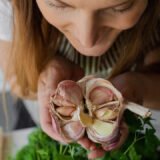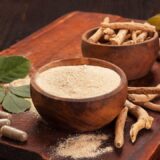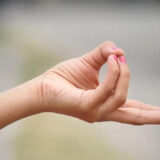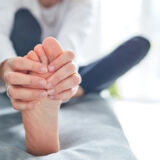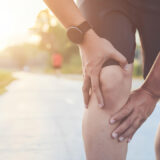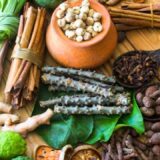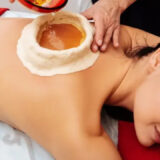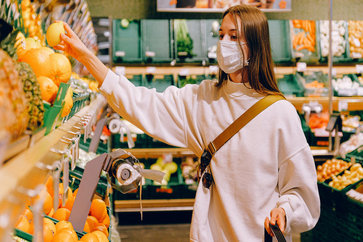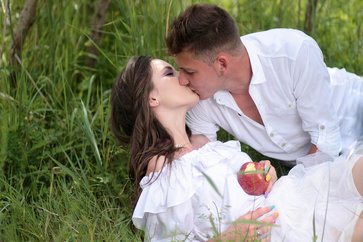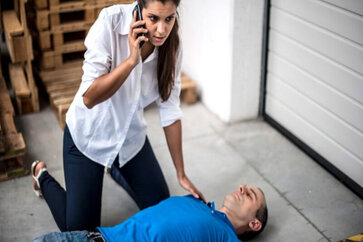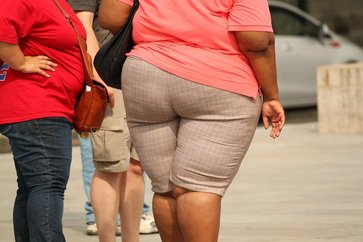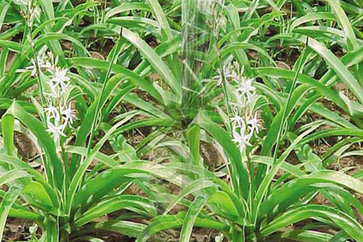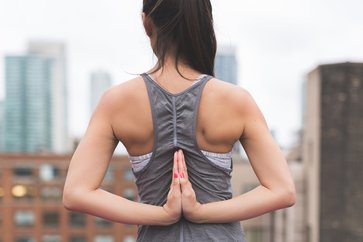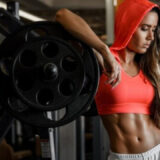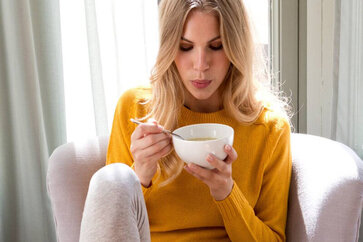Hemiplegia: Causes and Ayrurvedic Treatments for Partial Paralysis
Pakshaghata, derived from the Sanskrit words Paksha (half of the body) and Aghata (paralysis), is a debilitating condition described in Ayurvedic texts. It is caused by an imbalance in Vata dosha and is characterized by loss of function, strength, and sensation in one side of the body. Modern medicine correlates Pakshaghata with hemiplegia, often the result of a stroke.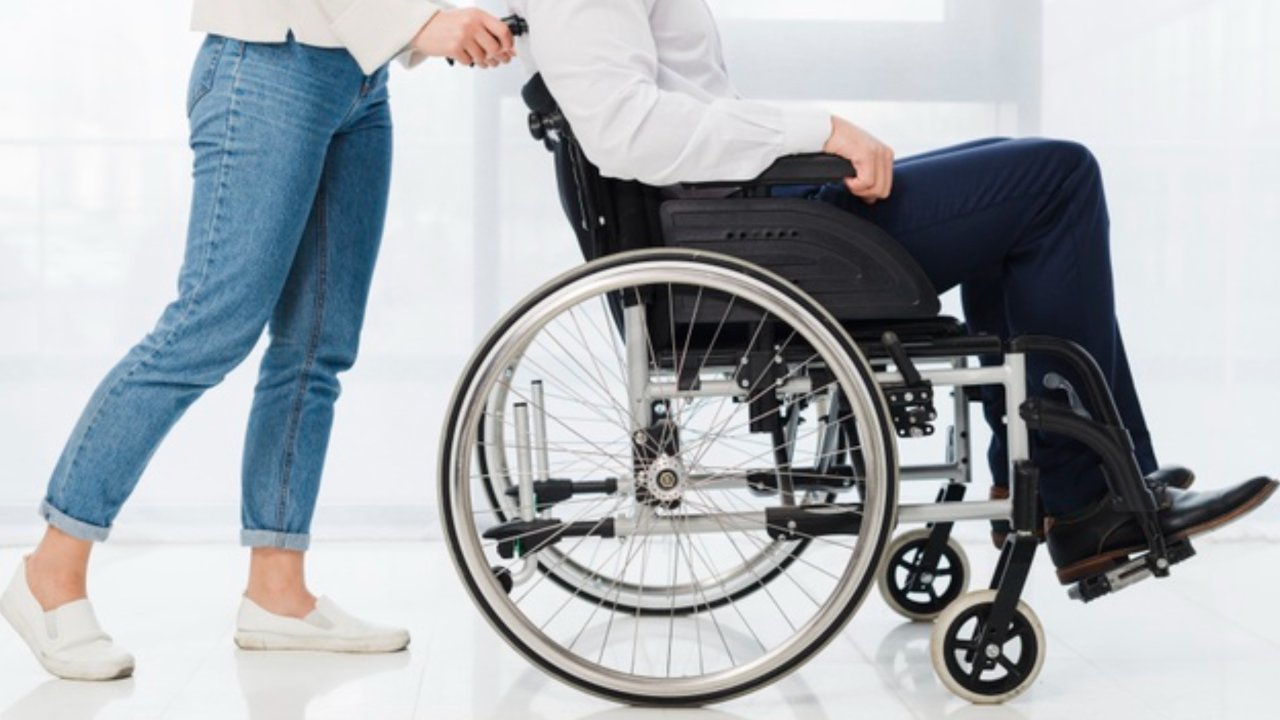
Hemiplegia is a medical condition involving paralysis on one side of the body, typically due to cerebrovascular accidents (CVAs) such as ischemia or hemorrhage. Globally, stroke is a leading cause of disability, affecting millions annually. This article delves into the Ayurvedic understanding and management of Pakshaghata, drawing from an insightful case report involving an integrative therapeutic approach.
Ayurvedic Perspective on Pakshaghata
Ayurveda, the ancient Indian medical science, classifies Pakshaghata under Vatavyadhi, a group of disorders caused by vitiated Vata dosha. The condition is thoroughly discussed in classical texts like the Charaka Samhita and Sushruta Samhita.
- Charaka Samhita: Explains that vitiated Vata dosha affects the body’s channels (srotas), ligaments (snayu), and tendons (kandara), leading to loss of function and flexibility.
- Sushruta Samhita: Highlights how Vata traverses the bodily pathways, impairing one half of the body and causing motor and sensory deficits.
From a modern perspective, hemiplegia arises due to neurological deficits resulting from reduced oxygen or blood supply to the brain. Factors such as hypertension, diabetes, and sedentary lifestyles contribute significantly to the increasing prevalence of stroke. The condition affects about 200 individuals per 100,000 people annually in India, making its effective management critical.
Pathophysiology of Pakshaghata
The pathogenesis of Pakshaghata involves:
- Avarana (obstruction): Vitiated Kapha or Pitta obstructs Vata pathways.
- Dhatu Kshaya (tissue degeneration): Affects ligaments, tendons, muscles, and blood vessels.
- Marga Avarodha (pathway obstruction): Leads to impairment in the affected half of the body.
The result is a mix of neurological and musculoskeletal deficits that manifest as paralysis, weakness, and reduced mobility.
Case Report: An Ayurvedic Intervention
A 52-year-old woman presented with:
- Primary Complaints: Loss of movement and strength in her left upper and lower limbs, inability to walk, and reliance on a walker for mobility.
- Associated Issues: Poor appetite, constipation, and disturbed sleep.
- History: The patient was a known case of hypertension (9 years) and diabetes mellitus (3 years). She had experienced a cerebrovascular accident a year prior and was initially treated with allopathic interventions but sought Ayurvedic care for unresolved symptoms.
A thorough assessment revealed a Vata-dominant pathology, and treatment was planned based on Ayurvedic principles.
Ayurvedic Management Approach
The patient underwent a carefully designed integrative treatment plan, combining Panchakarma therapies, oral medications, and physiotherapy. The treatment aimed at balancing Vata dosha, alleviating obstruction, and improving overall strength and function.
1. Panchakarma Therapies
Panchakarma, Ayurveda’s detoxification therapy, played a pivotal role in managing Pakshaghata.
a) Virechana Karma (Therapeutic Purgation)
- Objective: To eliminate vitiated doshas and remove Avarana.
- Process: The patient was prepared with Snehana (oleation) using Ashwagandha Ghrita, followed by Swedana (sudation therapy). Gandharva Hastadi Taila was used for purgation.
- Outcome: Improved digestion, reduced stiffness, and alleviation of Vata obstruction.
b) Basti Chikitsa (Medicated Enemas)
- Yapana Basti: This unique therapy provided both cleansing (Shodhana) and nourishment (Brimhana).
- Ingredients: Mustadi Yapana Kwatha, Mahamasha Taila, and other Vata-balancing herbs.
- Outcome: Enhanced flexibility, reduced spasticity, and improved mobility.
c) Abhyanga and Swedana (Massage and Fomentation)
- Bala Ashwagandhadi Taila was used for massage to improve circulation and reduce stiffness.
- Sudation therapy relieved muscle tension and facilitated detoxification.
2. Internal Medications
a) Ashwagandha Ghrita
Ashwagandha Ghrita is a medicated ghee preparation that combines Ashwagandha with clarified butter to promote nervous system health and support the regeneration of tissues. Known for its adaptogenic and rejuvenating properties, this formulation helps to strengthen the nervous system, reduce stress, and improve overall vitality. It is particularly beneficial for those experiencing weakness or nerve damage due to conditions like hemiplegia.
b) Palsineuron Capsules
Palsineuron capsules are a proprietary Ayurvedic formulation specifically designed to address muscle weakness and stiffness, common symptoms of neurological disorders. This blend of herbs helps to enhance muscle strength, reduce spasticity, and support the body’s natural ability to repair damaged tissues. It also helps in improving circulation to the muscles, aiding in faster recovery and better mobility.
c) Panchakola Churna
Panchakola Churna is an Ayurvedic powder used primarily to support digestive health. It works by facilitating Agni Deepana (enhancing digestive fire) and Amapachana (removal of toxins). By improving digestion and metabolism, it helps the body absorb nutrients more efficiently, which is vital for healing and restoring strength during recovery. This formulation also supports overall detoxification and balances the body’s internal systems.
d) Ashtavarga Kashaya
Ashtavarga Kashaya is a potent herbal decoction containing a blend of eight powerful herbs, including Bala, Devadaru, and Shunti. These herbs possess neuroprotective and antioxidant properties, helping to reduce inflammation, promote nerve regeneration, and protect against oxidative stress. Ashtavarga Kashaya is particularly beneficial in treating neurological conditions, improving muscle function, and enhancing overall recovery.
3. Physiotherapy
Physiotherapy was integral to the recovery process, focusing on:
- Improving joint mobility through passive stretching.
- Enhancing muscle strength with resistance exercises.
- Restoring coordination with targeted activities.
Observations and Outcomes
The patient demonstrated significant improvements post-treatment:
- Strength: Increased by 60% in the affected limbs.
- Mobility: Achieved independence in walking and climbing stairs.
- Pain: Reduced by 70%, leading to enhanced comfort.
- Quality of Life: Stroke-Specific Quality of Life (SS-QOL) score improved from 112/245 to 185/245.
The Rationale Behind Ayurvedic Therapies
Ayurvedic treatments focus on balancing doshas and addressing the root cause of diseases to promote holistic healing, restore vitality, and prevent future imbalances. These therapies aim to harmonize the body, mind, and spirit for optimal health.
1. Role of Virechana
Virechana is a powerful detoxifying therapy that helps to eliminate toxins and obstructions (Avarana) from the body, restoring harmony. It nourishes depleted tissues and is particularly effective in addressing Vatavyadhi, a condition caused by imbalanced Vata dosha. By normalizing Pranavata pathways, Virechana promotes mental clarity, physical rejuvenation, and overall well-being, assisting in restoring balance to the entire system.
2. Importance of Basti
Basti therapy, considered Ardhachikitsa (half of the treatment) for Vata disorders, is highly effective in balancing the Vata dosha. This therapy, involving the administration of medicated oils or decoctions through the rectum, helps to remove toxins, strengthen the digestive system, and rejuvenate tissues. Its Shodhana (purification) and Brimhana (nourishment) properties promote healing, enhance vitality, and provide deep rejuvenation, especially for patients suffering from neurological disorders or muscle weakness.
3. Benefits of Ashwagandha
Ashwagandha, a revered Rasayana (rejuvenative), is renowned for its adaptogenic properties. It effectively supports the nervous system, strengthens immunity, and enhances muscle tone. By calming the mind and reducing stress, Ashwagandha helps improve mental clarity and reduces anxiety. Its powerful anti-inflammatory and antioxidant properties promote healing at the cellular level, making it a vital herb for enhancing physical and mental endurance in those with hemiplegia and related conditions.
4. Significance of Physiotherapy
Physiotherapy plays a vital complementary role in the holistic healing process by supporting Ayurvedic treatments. It aids in restoring mobility, strength, and coordination through targeted exercises and manual therapy. Physiotherapy ensures that the joints remain flexible and functional while reducing muscle stiffness and spasticity. By improving motor skills and enhancing physical recovery, physiotherapy helps patients regain independence and prevent complications like contractures or atrophy. When combined with Ayurveda, it accelerates recovery and promotes long-term well-being.
Ayurvedic Diet and Lifestyle Recommendations
An individualized diet plan is crucial to support recovery and restore balance:
1. Dietary Adjustments
The diet should focus on warm, easily digestible foods that are balanced with mild spices to soothe and harmonize Vata dosha. This helps prevent excess dryness and coldness in the body. Avoidance of cold, dry, and heavy foods is essential to prevent aggravating Vata imbalances. Incorporating fresh, organic vegetables, whole grains, and healthy fats can promote healing and strengthen the body, supporting the nervous system and muscular recovery.
2. Hydration
Adequate water intake is crucial for maintaining hydration and preventing dryness, which can aggravate Vata. Drinking warm or room-temperature water infused with herbs like ginger or cumin can aid digestion, improve metabolism, and facilitate toxin removal. Proper hydration supports joint lubrication and prevents muscle cramps, which are often associated with conditions like hemiplegia.
3. Lifestyle Modifications
Gentle exercises, such as yoga, pranayama (breathing exercises), and light stretching, help maintain flexibility, increase blood circulation, and reduce stiffness. Avoidance of strenuous physical exertion is essential to prevent overstimulating the Vata dosha. Maintaining a calm and balanced Vata state through mindful practices like meditation and adequate rest is vital for overall healing, emotional stability, and stress reduction.
Resources:
- Management of hemiplegia (pakshaghat) through Ayurveda(1)
- Ayurvedic Management of Pakshaghata (Left Hemiplegia) – A Case study(2)
- Clinical study on the efficacy of Chandra Kalka with Mahadalu Anupanaya in the management of Pakshaghata (Hemiplegia)(3)
- Role of Ayurvedic management in Pakshaghata (Hemiplegia): A Case Report(4)

